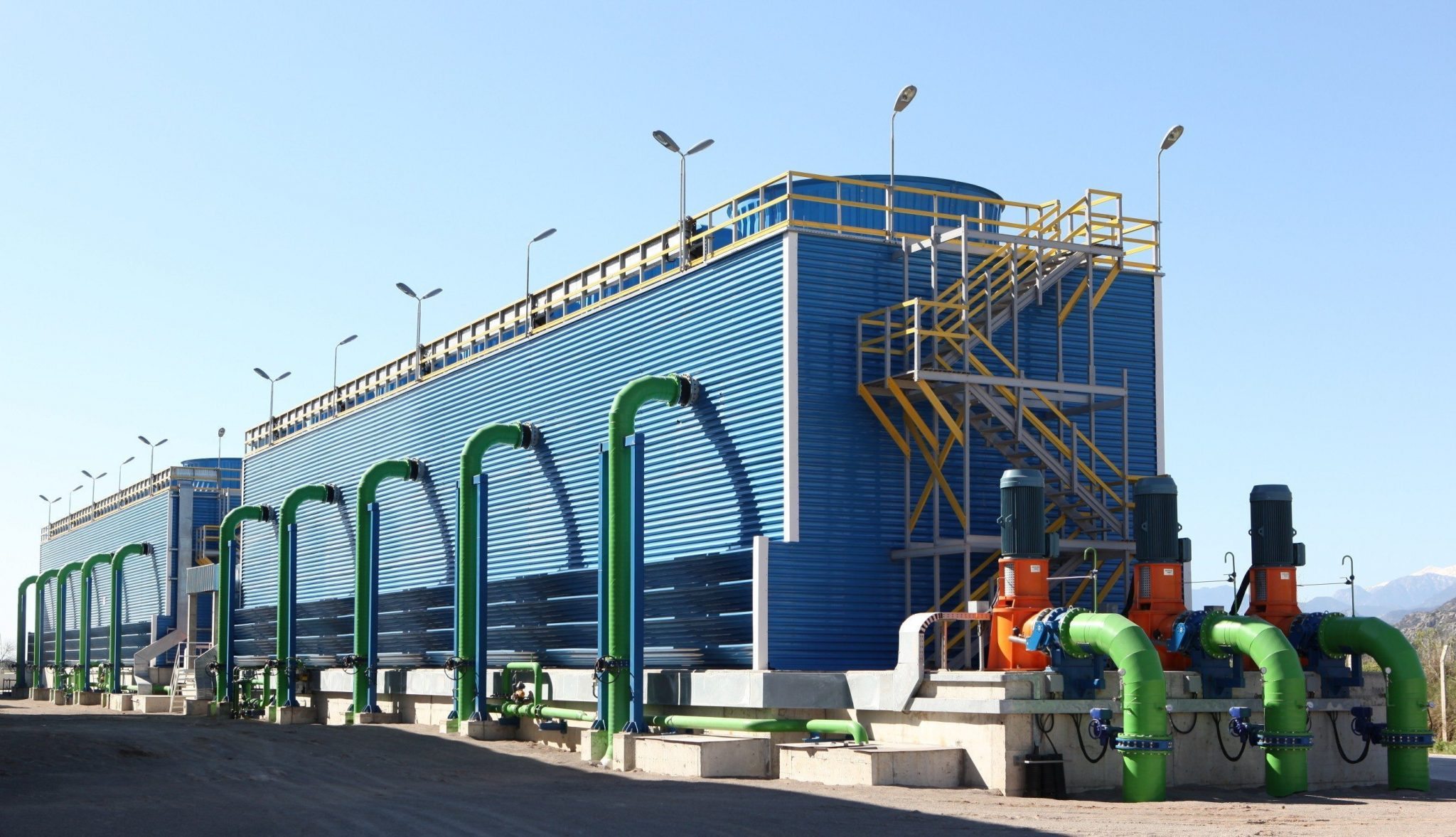On Sunday, the number of people sick with Legionnaire’s disease in the South Bronx, New York, skyrocketed to 71. The disease is a form of pneumonia, and is spread through airborne water droplets.
The most common conveyors of the disease are plumbing systems and large air conditioners, where the legionella bacteria can thrive. Luckily for tightly populated places like the Bronx, the disease cannot be spread from person to person. The first known outbreak of Legionnaire’s was in 1976, at a Legionnaire’s convention in Philadelphia, Pennsylvania. There, 221 of the convention’s attendees contracted the disease, 34 of them succumbing to it.
Now, officials are scrambling to figure out the source of this outbreak. So far, five cooling towers in the South Bronx have tested positive for legionella. This includes towers at the Opera House Hotel, the Concourse Plaza Mall by Yankee Stadium, and Lincoln Medical and Mental Health Center.

The legionella bacteria is more apt to grow in unkempt plumbing and water systems, particularly ones that are old, corroded, and contain sludge build up that it can feed off of. What’s sad about this outbreak is that Legionnaire’s is both a well known and preventable disease. If the city’s water systems were well kept and tested yearly, there would have been plenty of time to stop this disease from being exposed. Now, citizens are taking a stand, calling for more frequent inspections of cooling towers.
The Center for Disease Control and Prevention estimates that 8,000 to 18,000 people in the United States are hospitalized with Legionnaire’s disease every year. While the disease is not an automatic death sentence, if not treated it can cause lung issues and result in death. The 7 recorded fatalities were people who were older and had preexisting health conditions at the time of exposure. Those who are over the age of 50, have respiratory issues, smokers, and people with weak immune systems hold the highest risk factor. It’s no coincidence that these outbreaks tend to happen in places that have a higher concentration of people living below the poverty line.
A study about this very phenomenon was published last year, stating that, “If environmental issues in high-poverty neighborhoods contribute to the disparity, greater effort may be warranted, for example, on the upkeep of cooling towers and water systems in the buildings in these areas,” Currently, officials are reporting that the tap water is safe and can be consumed.
Recent Update – Hospital Stays, an Australian based hospital accommodation facilitator, reports that legionnaires was recently discovered in Australia at the Royal Children’s Hospital, with about 30 patients possibly exposed in April of 2017.
Now, you probably have many more questions involving this outbreak. We’re here to answer them:
What are the Legionnaire’s Symptoms?
If you develop aggressive, flu like symptoms, and have been anywhere near the exposed area. The symptoms also include fever, chills, and shortness of breath. These symptoms will arrive 2-10 days after exposure. If you already suffer from many of the health risks noted above, it is important to take extreme caution.
What To Do If You Think You’re Infected
Seek medical assistance immediately. Legionnaire’s can be tested for in a number of ways, included chest x-rays and blood tests.
Is it Treatable?
Of course. Most cases can clear up with the help of antibiotics. However, it cannot be stressed enough that early treatment is the best and easiest way to recover promptly, without any lasting damage.
Officials are expecting a rise of more cases in the days to come, as the incubation period pans out, but for now those in the exposed area are being asked to be wary of sources of water vapor.
For more Work & World features, check out our articles here.
Do you think cities around the country should take note and inspect their water systems?








![Daily Bite [Make]: Philly Cheesesteak Stuffed Bell Peppers](https://dashofwellness.com/wp-content/uploads/2013/01/Philly-Cheesesteak-Stuffed-Pepper-Daily-Bite-1-100x70.png)
